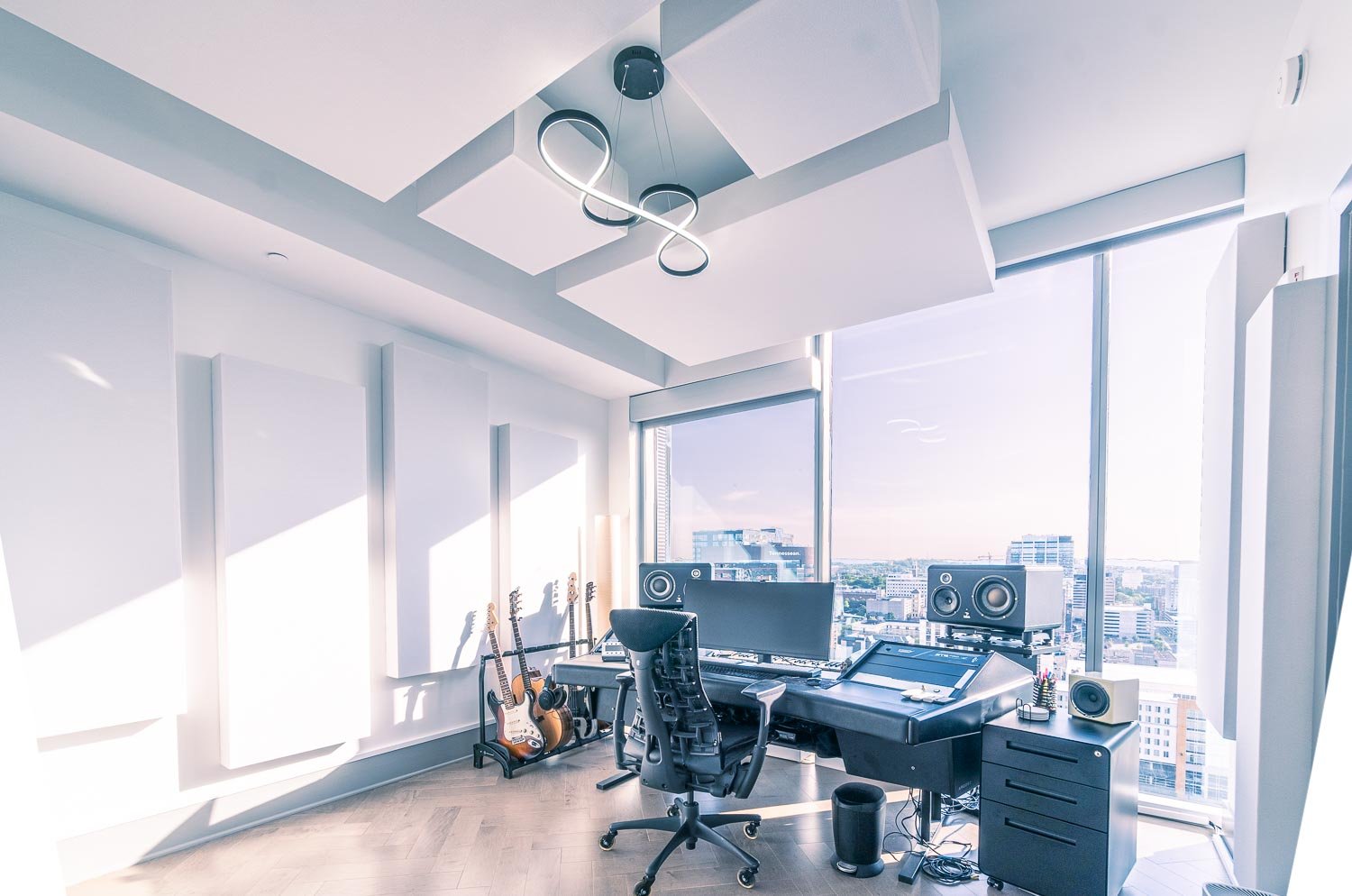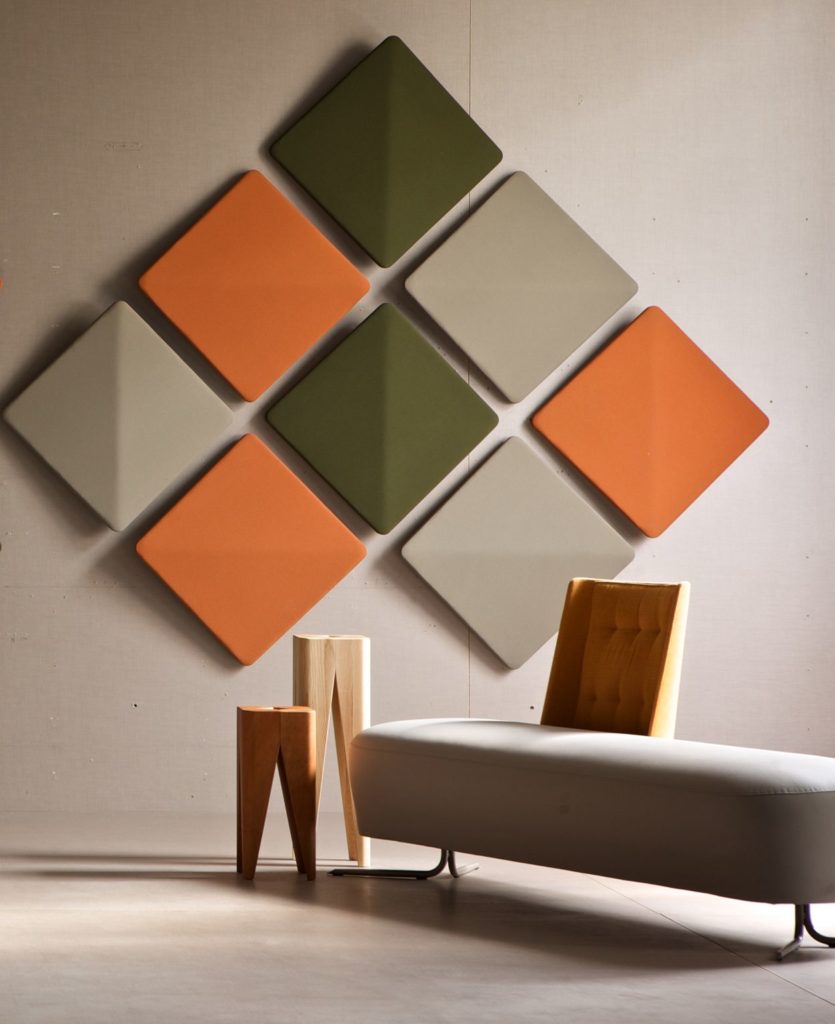Attain Perfect Harmony in Your Home With Efficient Soundproofing Methods for Optimum Acoustics
Soundproofing plays an essential role in achieving ideal acoustics, influencing the means we experience and connect with our living rooms. By comprehending the fundamentals of soundproofing, identifying sources of sound disruptions, selecting ideal products, and using tried and tested methods, you can transform your home right into a haven of serenity where sound improves instead than interrupts.

Comprehending Soundproofing Fundamentals
What are the basic principles that underlie reliable soundproofing techniques? Soundproofing is rooted in the understanding of how acoustic waves travel and engage with various materials. The key to effective soundproofing hinges on disrupting or soaking up these audio waves to reduce their transmission from one area to one more. This can be achieved via numerous techniques, such as including mass to wall surfaces, floors, and ceilings, sealing gaps and splits to protect against sound leak, and utilizing sound-absorbing materials like acoustic panels or rugs (acoustic solutions).
Comprehending the principle of sound transmission class (STC) rankings is crucial in choosing the right products for soundproofing. The STC ranking gauges exactly how well a product can decrease airborne sound transmission with it, with greater STC scores suggesting better soundproofing capacities. In addition, considering the effect of effect insulation class (IIC) scores for minimizing influence sound, such as footprints or furniture moving, can better boost the efficiency of soundproofing remedies.
Assessing Noise Sources in your house
Building upon the fundamental understanding of soundproofing concepts, a crucial action in efficient noise reduction within your home involves determining and evaluating the numerous resources of undesirable noise. Noise resources can be classified right into 2 major kinds: airborne noise, that includes seem like discussions, songs, and television, and impact sound, such as footprints or things being gone down. To assess these resources, take into consideration the various spaces in your home and the tasks that usually happen in each. As an example, the living-room may have a lot more air-borne sound from amusement systems, while effect sound from footsteps might be an issue in areas with hard flooring like corridors or kitchens.
In addition, take into consideration outside sources of noise, such as traffic, neighbors, or neighboring building, which can likewise impact the acoustics within your home. acoustic solutions. Identifying these resources will assist you prioritize areas for soundproofing and choose one of the most reliable options. By determining the details sound resources in your house, you can customize your soundproofing initiatives to achieve optimal outcomes and produce a much more serene and harmonious living atmosphere
Choosing the Right Soundproofing Materials
When choosing soundproofing materials for your home, it is vital to prioritize effectiveness and compatibility with your particular noise concerns. Think about elements such as the kind of sound you are trying to block, the degree of soundproofing needed, and the aesthetic appeals of the materials to guarantee they blend perfectly into your space.
One usual product for soundproofing is acoustic foam. This light-weight and flexible material is excellent for soaking up mid to high-frequency noises, making it ideal for music spaces, home movie theaters, or offices. Another alternative is mass-loaded vinyl, which works in obstructing out low-frequency sounds like website traffic or equipment audios. For walls and ceilings, soundproof drywall is a popular selection because of its capability to decrease noise transmission between spaces.
Drapes and rugs made from sound-absorbing materials are additionally effective in moistening noise, especially in areas with hard surface areas that create sound to bounce around. Keep in mind, the key to successful soundproofing is selecting the best materials that resolve your particular noise concerns while enhancing the general convenience and acoustics of your Read Full Report home.
Implementing Soundproofing Techniques
To properly execute soundproofing techniques in your home, it is crucial to start by examining the areas that are most prone to sound seepage. Typical sources of noise can include exterior sounds from traffic, neighbors, or neighboring building, as well as internal sources like appliances, pipes, and amusement systems. When you have actually recognized these locations, you can begin applying soundproofing solutions tailored to every certain area.

For more substantial sound decrease, take into consideration setting up soundproof drywall, double-glazed windows, or durable networks to separate resonances. Additionally, reorganizing furnishings, including shelfs, or incorporating sound-absorbing materials can better boost the acoustics of a room. By purposefully implementing these soundproofing strategies, you can develop a quieter and even more relaxed living setting in your home.
Keeping and Improving Acoustic Environment
After executing soundproofing methods to deal with sound infiltration in your home, the emphasis moves in the direction of keeping and boosting the acoustic atmosphere to make sure a regularly tranquil space. To keep ideal acoustics, on a regular basis examine soundproofing products for deterioration, guaranteeing they stay effective in obstructing unwanted sound. Keep windows and doors properly secured to avoid sound leak and consider adding weather condition removing or door moves for added soundproofing.
Improving the acoustic environment can involve calculated placement of furniture, rugs, and curtains to moisten sound reflections and echoes. Using sound-absorbing materials such as acoustic panels or foam can even more improve the total audio quality in your home. acoustic solutions. In addition, including soft home furnishings like paddings and blankets can help in reducing noise echo, developing a much more pleasurable auditory experience
In addition, buying sound-absorbing design components like bookshelves, tapestries, or plants can contribute to a balanced acoustic environment. Regularly decluttering your room can additionally stop sound waves from jumping off surfaces, ultimately enhancing the general acoustics of your home. By regularly maintaining and boosting your acoustic atmosphere, you can home develop an unified and relaxing living space on your own and your family.
Verdict
In verdict, achieving perfect harmony in your house with effective soundproofing strategies is crucial for ideal acoustics. By understanding soundproofing essentials, examining noise resources, selecting the best products, implementing strategies, and preserving the acoustic atmosphere, you can produce a tranquil and delightful living space totally free from unwanted noise disruptions. Focusing on soundproofing efforts can significantly enhance the total top quality of life in your home.